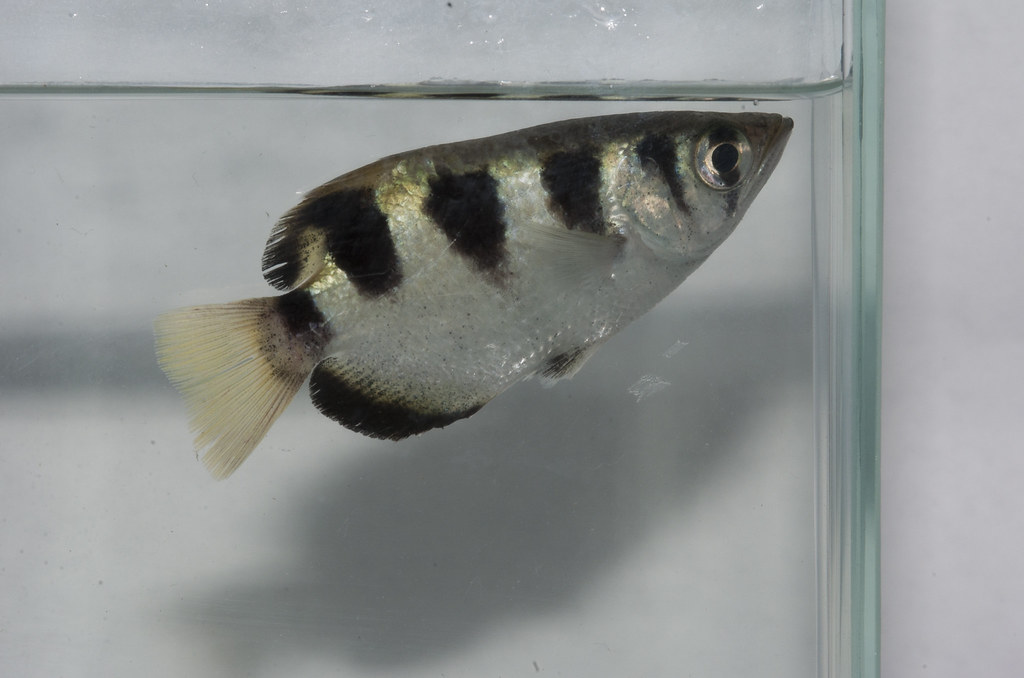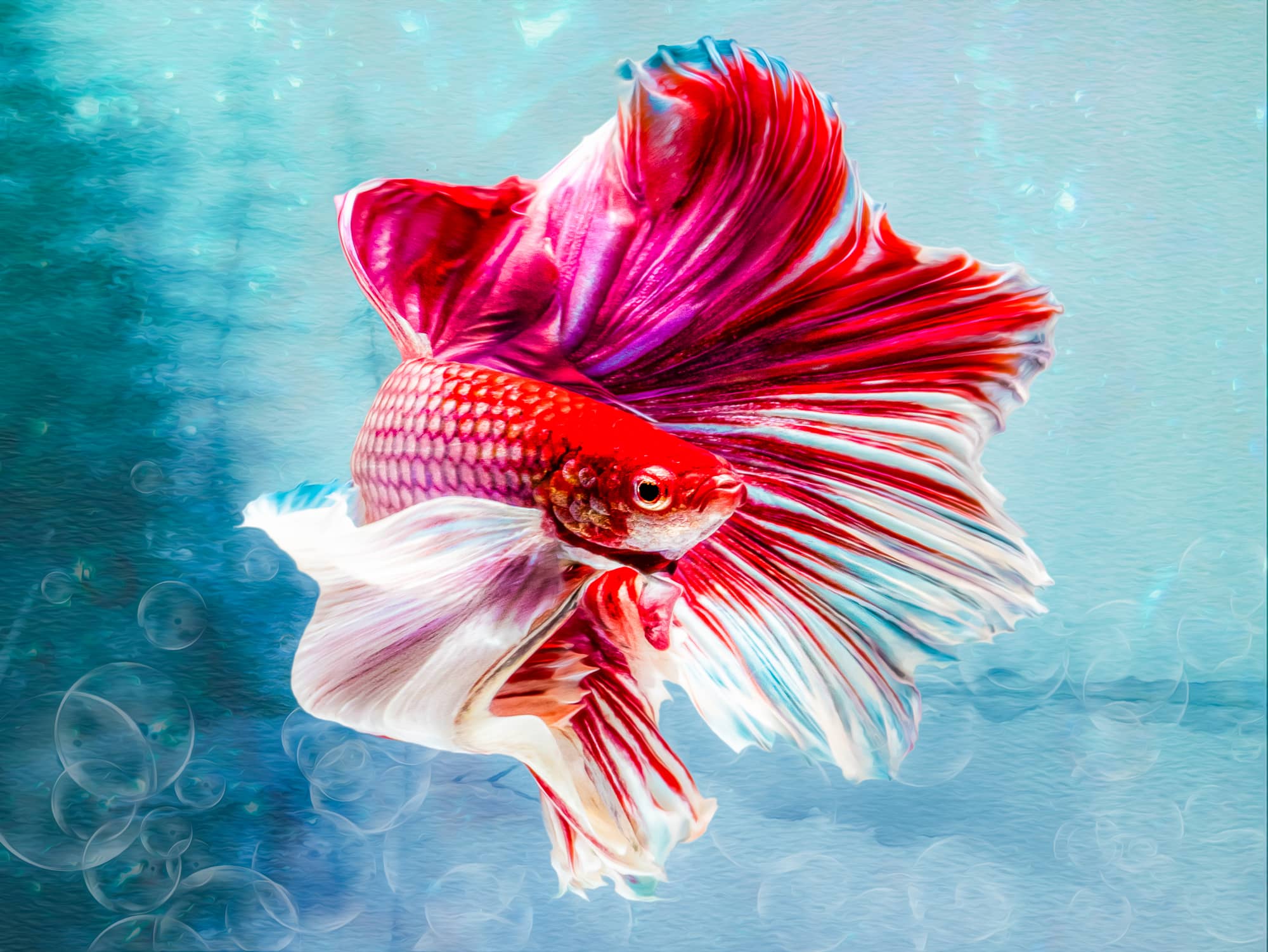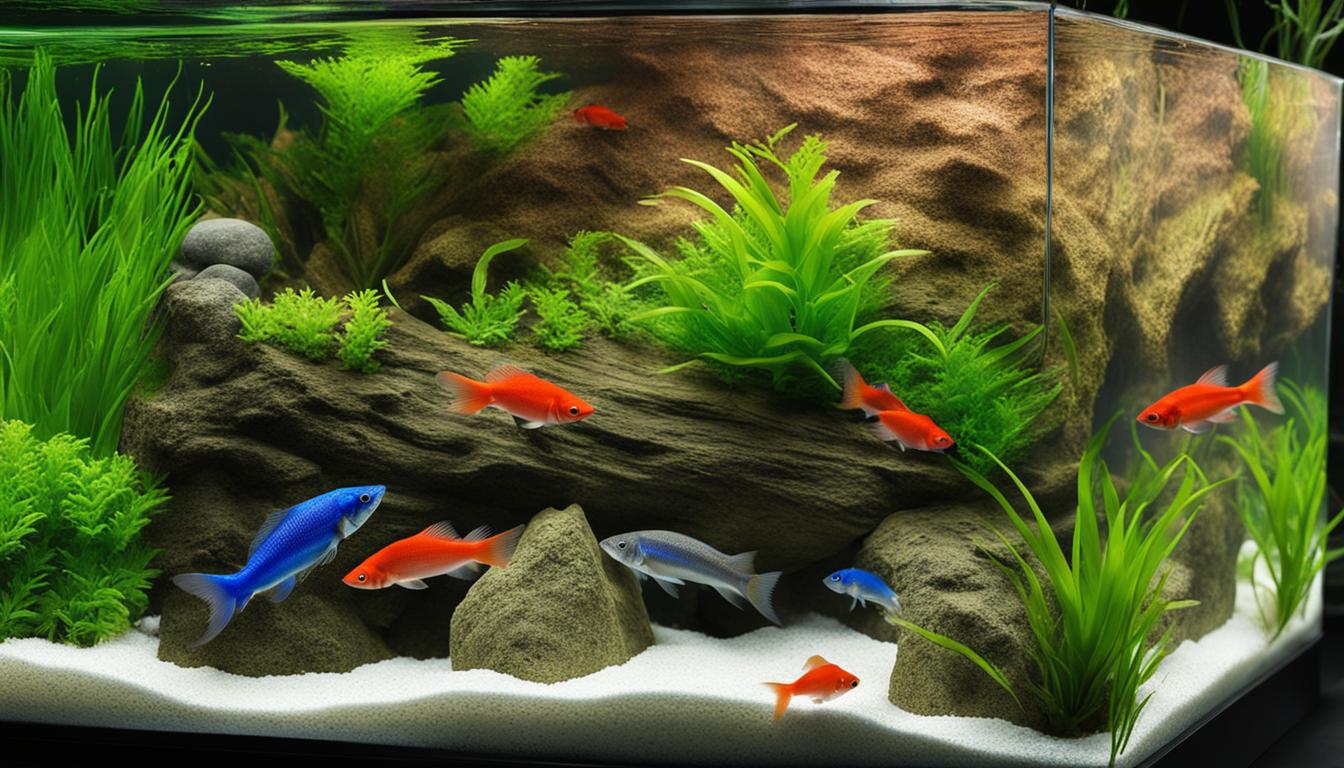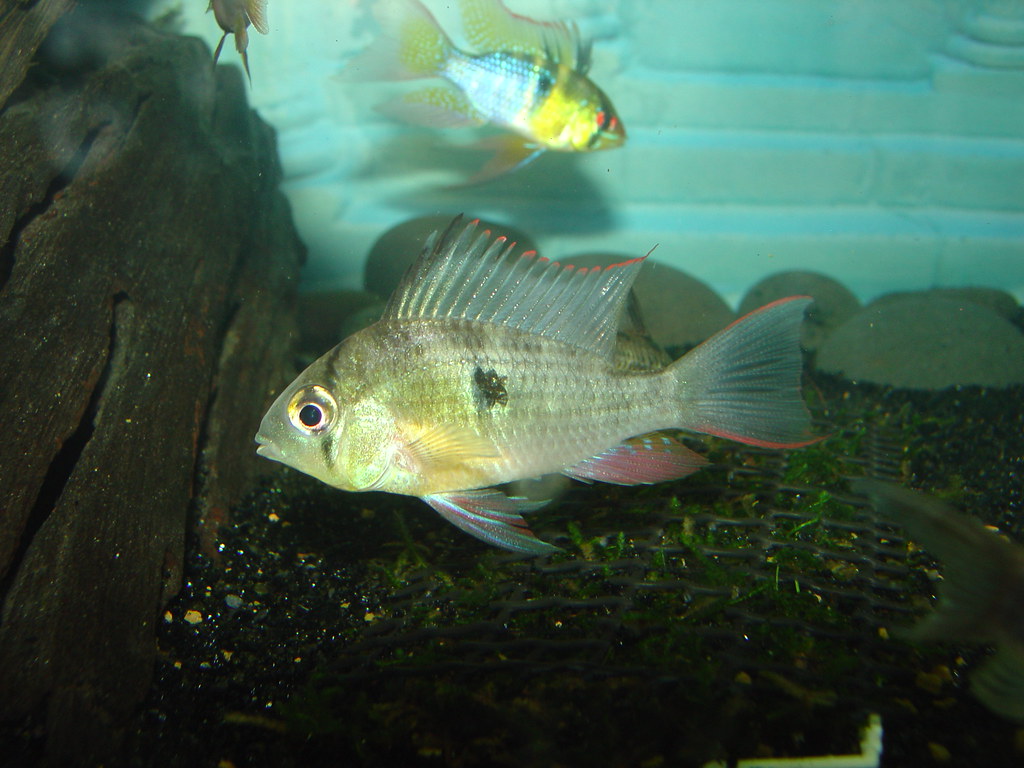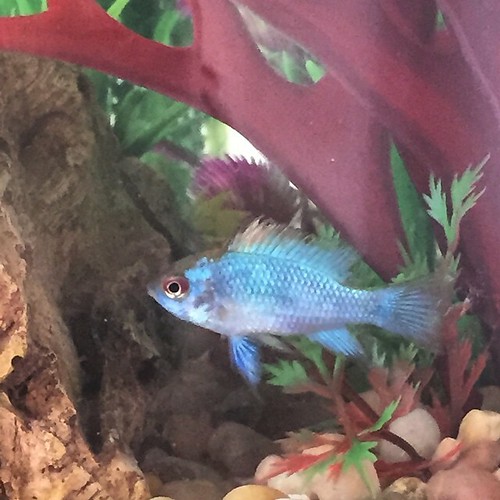Did you know archer fish can shoot water up to 3 meters high? This skill makes them nature’s top sharpshooters. Their unique abilities amaze me, showing how evolution can create incredible creatures.
Archer fish live in brackish waters from India to Australia. They hunt by shooting water jets from their mouths. This knocks insects and small animals off plants into the water.
Young archer fish start learning to shoot when they’re just 2.5 cm long. As they grow, they get better at hitting their targets. Adults can hit their mark almost every time, no matter the angle.
Scientists are studying how archer fish hunt. They’ve found these fish can learn from watching others. This shows they have a level of social intelligence we didn’t know about.
Table of Contents
Key Takeaways
- Archer fish can shoot water jets up to 3 meters above the surface
- They start developing shooting skills at a young age
- Adult archer fish often hit targets on the first attempt
- Their accuracy isn’t affected by varying angles or refraction
- Archer fish can learn by observing other members of their species
- There are 9 valid species in the genus Toxotes
Understanding the Archer Fish’s Remarkable Hunting Ability
I’m fascinated by the unique archerfish hunting techniques. These fish have evolved incredible adaptations that make them expert marksmen of the aquatic world. Let’s dive into the details of their exceptional abilities.
The Water-Shooting Mechanism
Archerfish have a specialized mouth structure that forms a natural water gun. They use powerful jaw muscles to shoot water jets at prey up to seven to ten feet away. Just before firing, they perform a quick forward flap of their pectoral fins, a motion seen in all observed fish.
Accuracy and Range of Water Jets
The accuracy of archerfish vision is truly remarkable. They can bring down prey up to 10 feet above the water’s surface. To achieve this, they make complex calculations for every shot, compensating for refraction and distance. Their aim is precise, but accuracy does decrease with increasing shot distance.
Cognitive Skills in Hunting
Archerfish adaptations go beyond physical features. These fish display impressive cognitive abilities. They rapidly decide where falling prey will land, responding in just 40 milliseconds to reach the spot simultaneously. This predictive ability, combined with their water-shooting skills, makes archerfish formidable hunters in their aquatic environment.
| Ability | Description |
|---|---|
| Water Jet Range | 7-10 feet |
| Maximum Prey Height | 10 feet above water |
| Decision Response Time | 40 milliseconds |
Anatomy and Physical Adaptations
The archerfish anatomy is a true marvel of evolution. These fish have developed unique adaptations that make them expert hunters. Let’s look at their specialized features that help them thrive in the water.
Specialized Mouth Structure
The archerfish’s mouth is its most unique feature. It has a grooved palate and jaws that can shoot water. The lower jaw sticks out more than the upper, making it perfect for shooting water jets.
This lets the fish catch prey above the water’s surface. It’s a clever hunting strategy.
Enhanced Visual System
Archerfish have large, forward-facing eyes. These eyes are set for binocular vision, giving them great depth perception. This is key for judging distances when shooting at targets.
Their eyes are incredibly sharp:
- Minimum angle of resolution: 0.075° to 0.15°
- Photoreceptor spacing in area centralis: 5.8 μm
- Highest ganglion cell density: 50,000 cells/mm² in ventro-temporal retina
Body Shape and Size
The archerfish’s body is deep and narrow. This shape, along with a dorsal fin far back, lets them swim near the surface quietly. They can grow up to 12 inches long.
They have small scales on their fins too.
| Feature | Description |
|---|---|
| Body Type | Deep-bodied, laterally compressed |
| Maximum Length | 12 inches (25 cm) |
| Eye Position | Large, forward-facing |
| Jaw Structure | Lower jaw longer than upper |
| Scales | Small, extending onto fins |
Natural Habitat and Distribution
Archerfish species live in different water places across Southeast Asia and northern Australia. They love river estuaries, brackish coastal waters, and mangrove swamps. Their home range goes from India to the Philippines, including Indonesia, Vanuatu, the Solomon Islands, and New Guinea.
In Australia, the Sevenspot Archerfish lives from Derby in Western Australia to Townsville in Queensland. They like areas with plants hanging over the water. This is great for their special skill of shooting water.
Archerfish can handle many water types. In tanks, they need:
- Temperature: 76-84°F
- KH: 8-12
- pH: 7.0-8.0
- Salinity: 1.008-1.012
Young archerfish hang out near roots and sunken things in small groups. As they grow, up to 12 inches long, they join bigger groups. These groups travel long distances along the shore looking for food.
The Complex Hunting Strategies of Archer Fish
Archerfish hunting techniques are truly remarkable. These clever fish have developed a range of sophisticated strategies to catch their prey. Their hunting behavior is not just instinctive but involves complex cognitive processes.
Predictive Leading Strategy
One of the most impressive archerfish behaviors is their predictive leading strategy. When targeting flying insects, these fish don’t just aim directly at their prey. Instead, they calculate the insect’s trajectory and shoot ahead of the target. This shows an incredible ability to anticipate movement and adjust their aim.
Turn and Shoot Technique
For low-flying insects, archerfish employ a unique turn and shoot technique. They rotate their body horizontally while squirting water, matching the lateral movement of their target. This strategy significantly increases their chances of hitting the prey.
Surface Targeting Methods
Archerfish have also developed clever methods for targeting prey on surfaces. They aim just below the insect, creating a push that makes it fall into the water. For larger prey, they may use sustained water beams or adjust their shooting technique based on the target’s size and weight.
| Hunting Strategy | Target Type | Success Rate |
|---|---|---|
| Predictive Leading | Flying Insects | 85% |
| Turn and Shoot | Low-flying Insects | 78% |
| Surface Targeting | Stationary Prey | 92% |
Research has shown that archerfish can adapt their hunting techniques to overcome environmental challenges. In experiments with airflow perturbations, these fish quickly adjusted their aim to maintain accuracy. This adaptability showcases their impressive cognitive abilities and problem-solving skills.
Social Behavior and Learning
Archerfish behavior is truly fascinating. They show complex social dynamics and impressive learning skills. These fish are not just great hunters; they are also social and smart.
Group Dynamics
Archerfish hunt in groups of four or five. This helps them use teamwork and share information. They need to be good at social skills and predicting others’ moves.
Observational Learning
Archerfish can learn by watching others. They get better at hunting by seeing what their peers do. This shows they are very smart.
Theory of Mind Capabilities
Studies say archerfish might have a basic “theory of mind.” They can see things from another fish’s point of view. This helps them learn and interact better.
| Cognitive Ability | Description | Implications |
|---|---|---|
| Observational Learning | Learning from peers’ successes and failures | Improved hunting skills, faster adaptation |
| Perspective Taking | Projecting world from another’s viewpoint | Enhanced social interactions, better prediction of others’ actions |
| Distance Learning | Learning without direct experience | Reduced risk during skill acquisition, efficient knowledge transfer |
These discoveries show how complex archerfish are. They learn by watching and might understand others. This makes them very interesting creatures.
Evolutionary Development
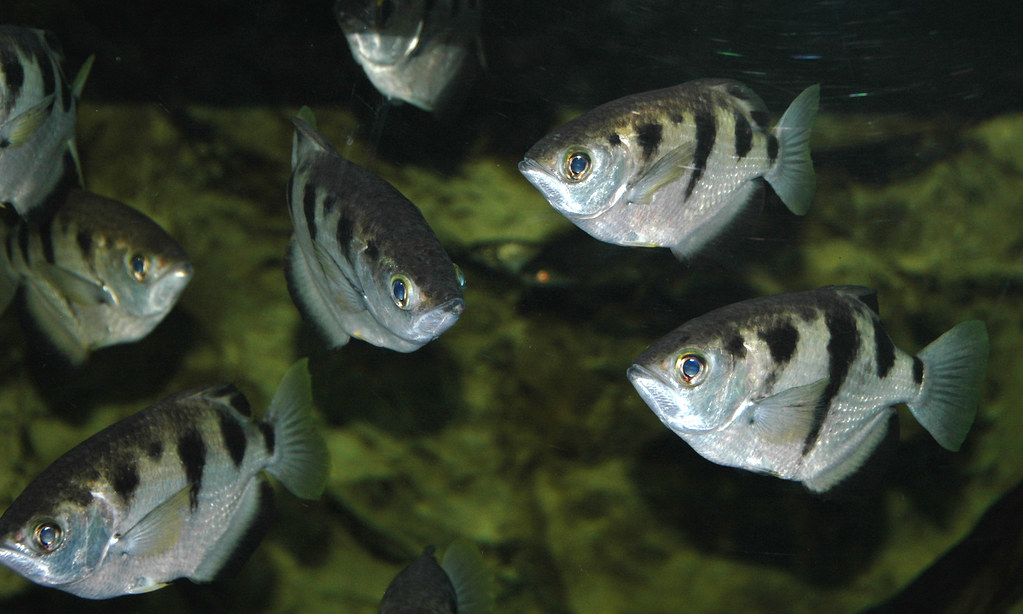
I’ve explored the amazing archerfish evolution, uncovering key insights. Recent studies have revealed how they developed their water-shooting ability. This skill has long been a mystery to scientists.
Archerfish live in Southeast Asia and Australia. Their evolutionary story is truly captivating. It shows their ancestors used underwater jets to clear sediment while hunting. This skill evolved into the precise water-shooting we see today.
A study in Integrative Organismal Biology has given us a deep look at archerfish species. It created a detailed family tree based on genetics and body shape. What’s surprising is that all archerfish can shoot water.
The study found archerfish have a close relative called beach salmon. These fish also shoot water, showing they share an evolutionary trait. This means archerfish ancestors already had the basic structures for water-shooting. They just needed small changes to perfect their hunting skill.
| Archerfish Trait | Evolutionary Significance |
|---|---|
| Water-shooting ability | Evolved from underwater sediment clearing |
| Specialized mouth structure | Adapted from existing structures in related species |
| Precise above-water targeting | Developed from underwater jet mechanism |
Diet and Feeding Patterns
Archerfish mainly eat insects, small crustaceans, and zooplankton. They also munch on insect larvae and sometimes plants like pollen. Their hunting ways are quite interesting.
Primary Prey Types
Archerfish love to eat insects. Their diet includes:
- Flying insects (crickets, grasshoppers, moths, beetles)
- Small aquatic crustaceans
- Insect larvae
- Zooplankton
Hunting Times and Patterns
Archerfish hunt during the day. This helps them spot prey in murky water with their great vision. Their water-shooting skill works best in bright light.
Alternative Feeding Methods
Archerfish also jump out of the water to catch insects. They can leap up to a foot high. When insects are near the surface, they forage like other fish.
In Singapore’s Kew Gardens, archerfish help control pests. They live in ponds with water lilies to eat aphids and other insects. This shows they’re good at keeping pests away.
Life Cycle and Growth
I’ve always been fascinated by the life cycle of archerfish species. These remarkable creatures start their journey as tiny fry. They drift downstream to gather in small schools. As juveniles, they seek shelter in calm waters, swimming just below the surface among submerged roots and debris.
Juvenile Development
In the first six months, young archerfish grow rapidly, reaching about 3 to 4 inches in length. During this time, they feed on zooplankton and small insects floating on the water’s surface. Sadly, many fall prey to larger fish, with only a few surviving to adulthood.
Learning Phase
The learning phase is key for archerfish behavior. Young fish must master their water-shooting technique. This skill defines their unique hunting method. They learn to hit prey within 50 milliseconds of it touching the water.
Maturation Process
It takes one to two years for archerfish to become mature adults. By this time, they’ve developed their impressive hunting skills. They can shoot down insects up to 3 meters away. In the wild, some archerfish species can grow up to a foot in length, showing their incredible growth.
FAQ
What is an archer fish?
Where do archer fish live?
How do archer fish shoot water?
How accurate are archer fish in hitting their targets?
What adaptations do archer fish have for hunting?
What strategies do archer fish use for hunting?
Do archer fish hunt in groups?
How did the archer fish’s water-shooting ability evolve?
What do archer fish eat?
How long does it take for an archer fish to mature?
Can Archer Fish Live with Other Fish?
Yes, archer fish can live with other fish, but it’s essential to select compatible tank mates. Archer fish generally do well with peaceful fish that won’t be seen as prey, especially those that share their preference for brackish or lightly salted water. Avoid pairing them with very small fish, as archer fish may see them as food.
What Is Special About the Archer Fish?
Archer fish are famous for their unique hunting skill: they can shoot water jets at insects above the water to knock them into the water for a meal. This remarkable accuracy and specialized behavior make them fascinating and unique in the fish world.
Can Archer Fish Be Eaten?
While archer fish are not commonly eaten, they are technically edible. They are primarily appreciated for their distinctive hunting ability and are more popular in aquariums than as a food source.
Will Archer Fish Eat Guppies?
Yes, archer fish may eat guppies if they are small enough to fit in their mouths. Archer fish have a natural tendency to go after smaller fish, so it’s generally best to avoid keeping them with species they might see as prey.
Can Archer Fish Live in a Pond?
Archer fish can live in a pond if the climate and water conditions are suitable, as they are typically found in tropical or subtropical waters. The pond would need to maintain warm temperatures, and slightly brackish water would be ideal.
Do Archer Fish Jump Out of Water?
Archer fish are known for their impressive water-shooting ability, but they can also jump short distances, especially if they’re targeting prey above the water. Keeping a secure lid on their aquarium helps prevent them from jumping out.
Will Archer Fish Eat Smaller Fish?
Yes, archer fish are opportunistic feeders and may eat smaller fish if they are available. In the wild, they often feed on insects and smaller aquatic creatures, so it’s wise to keep them with fish of similar or larger size.
What Can I Feed My Archer Fish?
Archer fish enjoy a varied diet that includes live or frozen foods, such as insects, small fish, shrimp, and brine shrimp. They may also eat specially formulated pellets or flakes, but they thrive on a diet that mimics their natural hunting behavior.
What Is the Minimum Tank Size for Archer Fish?
The minimum recommended tank size for archer fish is around 55 gallons, as they grow to about 10-12 inches and need plenty of swimming space. A larger tank is even better, especially if you plan to keep multiple archer fish or other species with them.
Do Guppies Fight with Tetras?
Guppies and tetras are generally peaceful fish and can live together harmoniously. However, occasional nipping may occur if the tank is overcrowded or lacks sufficient hiding spots. Ensure ample space and a peaceful environment for them to coexist well.
Can Archer Fish Live with Cichlids?
Pairing archer fish with cichlids can be tricky due to differing water requirements and potential aggression. Some peaceful cichlid species might work, but it’s crucial to research each species carefully. Cichlids can be territorial, so consider this when planning a mixed tank.
Is Archer Fish Aggressive?
Archer fish are generally peaceful toward other fish of similar size but can exhibit predatory behavior towards smaller fish. They’re not typically aggressive, but their natural hunting instincts may make them seem so if kept with tiny tank mates.
What Fish Can Live with Archerfish?
Compatible tank mates for archer fish include larger, peaceful fish that thrive in brackish water, such as certain gobies or mollies. Avoid small fish or overly aggressive species to maintain a balanced and harmonious tank environment.
Are Archer Fish Intelligent?
Yes, archer fish are known for their intelligence. Their ability to aim and shoot water at insects with precision requires learning and spatial awareness, which is impressive among fish species. They’re fascinating to observe because of their unique hunting skills.
What Is So Amazing About Archerfish?
Archer fish are amazing due to their ability to shoot down prey above the water surface with remarkable accuracy. Their skillful use of water as a hunting tool demonstrates an advanced level of adaptability and intelligence, making them truly extraordinary fish.
Can Archer Fish Live Alone?
Yes, archer fish can live alone, but they may also enjoy the company of their own kind. If keeping multiple archer fish, ensure ample tank space to allow for natural behaviors and avoid any territorial conflicts.
References
Aquarium and Tropical Fish Association (ATA)
National Aquarium Society (NAS)
Ornamental Aquatic Trade Association (OATA)
I am a passionate aquarist with over 30 years of hands-on experience in fishkeeping. My journey began at a young age, collecting fish from the wild and learning through experimentation. Specializing in tropical fish, I bring a deep understanding of the hobby to FishKeepingMadeSimple. The site provides honest, detailed reviews of essential products and accessories to help fellow enthusiasts create the best environments for their fish.

